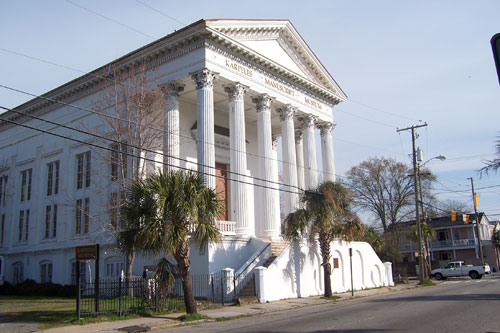
Notes from the current exhibition “Great Women in History,” which includes letters or various documents connected to the women featured:
- Lise Meitner, the Austrian physicist who was part of the team discovered nuclear fission (with Otto Hahn), the ‘mother’ of the atomic bomb
- A letter from Rosa Parks about Martin Luther King Jr., whom she had known, after his death. Placard points out that Rosa Parks was active in the Civil Rights movement before that famous bus day.
- Catherine the Great of Russia overthrew her husband
- The Exclusion Act of 1924 (I wrote it down; I don’t know why or with regards to whom.)
- Woodrow Wilson experienced a stroke in 1919, and the exhibit speculates how much of a role his wife, Edith, played in the presidency after that point
- letter from Golda Meir in Hebrew
Interesting, I often found the placards that gave an historical background for the document on display more interesting that the actual documents. (Of course, I can’t read Russian or French, etc., so that might have something to do with it.) But I also found these same placards incredibly irritating in the information they chose to leave out—for example, when it was a letter on display, they usually did not mention who the letter was written to.
There were also a number of documents outside of the current exhibit that are continually on display, such as the Constitution of the Confederate States of America.
I didn’t get the impression that the Charleston Karpeles Manuscript Museum gets many visitors (I was the only person there for the entire time I was there), but I think it’s worth a stop. The curator (?) was very friendly in that Southern kind of way. There are several Karpeles locations, and I’d be curious to see what some of the others are like.
